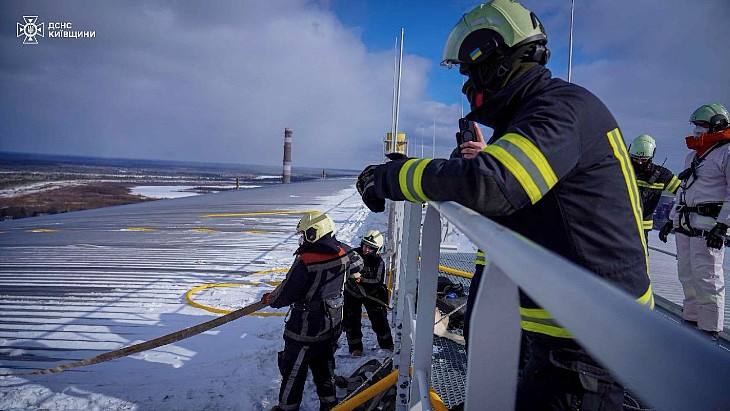Childhood leukaemia risk not linked to nuclear plants
An extended in-depth study has found no significant evidence of an increased risk of childhood leukaemia for children living close to the UK's nuclear power plants.
The report, published by the independent Committee on Medical Aspects of Radiation in the Environment (COMARE), presents a new analysis of data on the incidence of leukaemia in children under five years of age living in the vicinity of 13 nuclear power plants in the UK, over the period 1969-2004. In addition, it considers additional factors not addressed in previous COMARE reports which the organisation says may account for differences in leukaemia risks in studies from other countries.
Previous COMARE reports, covering the period 1969-1993, found no evidence that living within 25 km of a nuclear generating site in Britain was associated with an increased risk of childhood cancer. However, prompted in part by the 2007 German study Kinderkrebs in der Umgebung von Kernkraftwerken (KiKK), in 2009 the UK's Department of Health asked COMARE to conduct a further review in addition to its previous studies.
According to the newly released report, the pathology of cases of leukaemia and non-Hodgkins lymphoma occurring in children living within 10 km of a UK nuclear power plant did not appear to differ from a larger group of control patients. The risk estimate for childhood leukaemia associated with proximity to a nuclear power plant is "extremely small, if not zero", the study concludes.
The study also looks at other investigations into childhood cancer rates near nuclear power plants in a number of countries, in particular the KiKK study, which found a positive statistical association between the risk of cancer and living within 5 km of a plant for children under five years old. The study was carried out by the German Childhood Cancer Registry on behalf of the Federal Office for Radiation Protection (Bundesamt für Strahlenshutz, BfS).
After studying the KiKK results, and corresponding with its authors, COMARE notes that they are heavily influenced by cases in the earliest period (1980-1990), compared with the later periods (1991-1995 and 1996-2003) when the risks are lower. In the later period, COMARE says, the KiKK findings were heavily influenced by a single cluster of leukaemia cases occurring near the Krummel nuclear power plant. COMARE also notes that the KiKK study was not able to take potential confounders, such as socio-economic status, into account, and points out other disparities between additional German geographic studies and the case-control used in the KiKK study.
The COMARE study also considers in utero exposure from discharges of tritium and carbon-14, and finds no current evidence to support the hypothesis that such discharges have been underestimated, nor that they are associated with an increased risk of childhood cancer.
Watching brief
COMARE says it has found "no reason to change its previous advice that there is no evidence to support the view that there is an increased risk of childhood leukaemia and other cancers in the vicinity of NPPs due to radiation effects." Nevertheless, it advises the UK government to keep a "watching brief", continually monitoring operating practices. It also repeats recommendations from earlier reports that research to identify the mechanisms causing childhood leukaemia, both radiological and non-radiological, must continue, especially the role of infectious agents.
The committee also recommends that there is no reduction in maintenance of effective surveillance regarding the environment and public health, and says this will be particularly important in the light of the UK's proposed nuclear new build program. "It is clear that the programme does not command universal support in the UK and therefore it is of considerable importance that any unfounded anxieties about health risks are properly addressed," the report says.
Finally, the report recommends that monitoring of carbon-14 gaseous and liquid discharges must remain a requirement for the UK's nuclear power plants and should be extended to the rest of the European Union. Although it has not to date been specifically implicated in any health risks, the isotope is a significant contributor to the public radiation dose from nuclear power plant discharges but although its monitoring is a mandatory requirement within the UK, this is not so elsewhere in Europe.
COMARE is an independent body established in 1985 to assess and advise the UK government on the health effects of natural and man-made radiation. Its members, chosen for their medical and scientific expertise, are recruited from universities, research and medical institutes. COMARE proudly notes that its members have never been drawn from the nuclear or electrical power supply industries.
The 142-page study is available on COMARE's web site.
Researched and written
by World Nuclear News










_50521.jpg)

